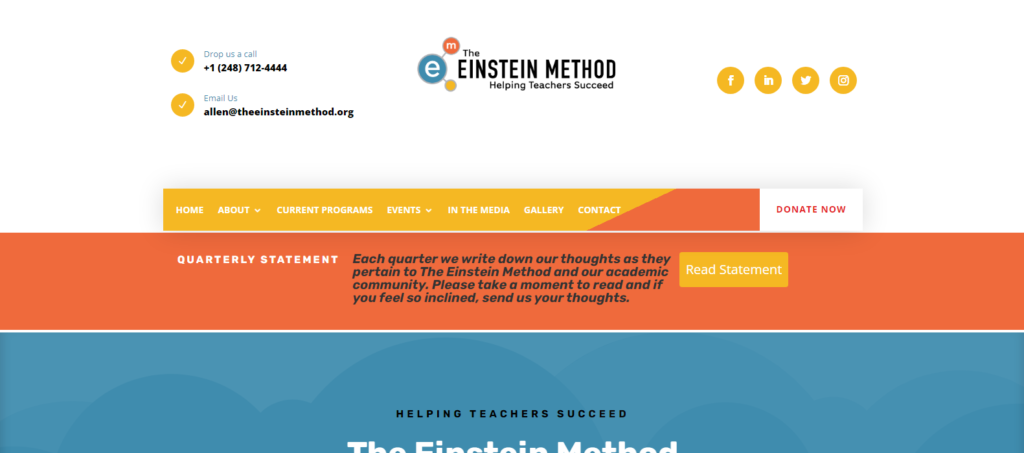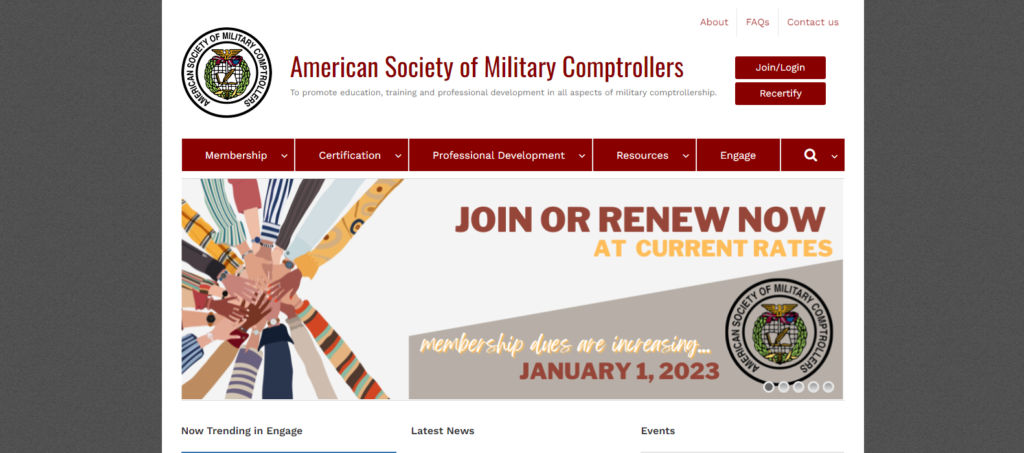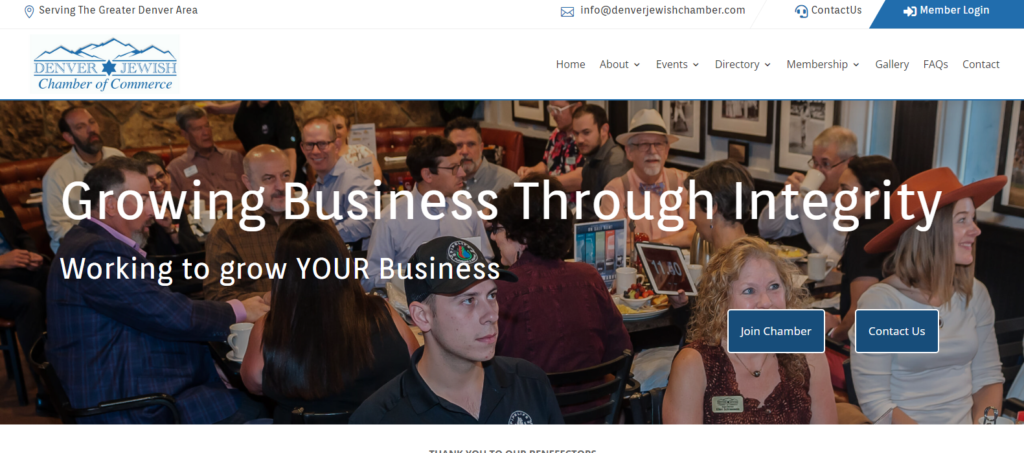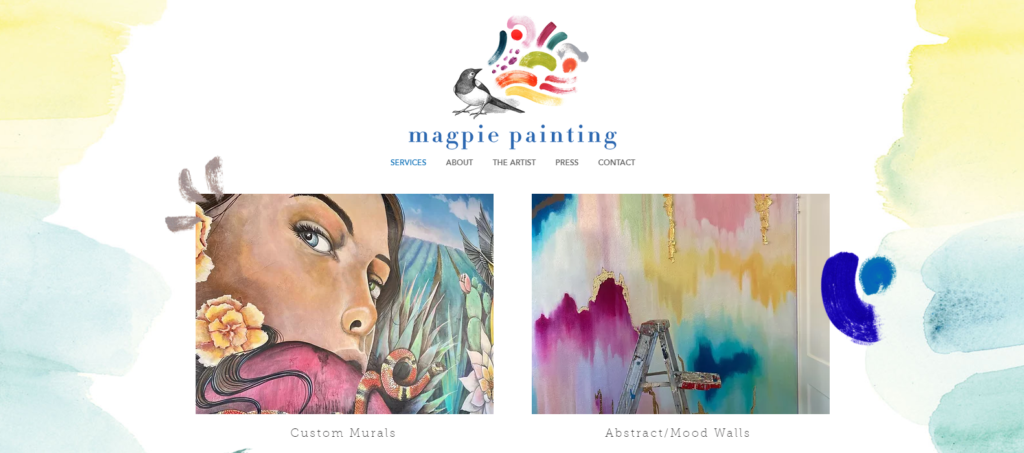Website Terminology Glossary
Front-end Development
Front-end development, also known as client-side development, is the practice of creating the visual and interactive elements of a website or application that are seen and interacted with by users. Front-end developers use HTML, CSS, and JavaScript to create the user interface (UI) and user experience (UX) of a website or application.
Some examples of front-end development tasks and technologies include:
HTML
This is the markup language used to structure the content and layout of a website or application. Front-end developers use HTML to create the skeletal structure of the UI.
CSS
This is the styling language used to visually design and format the UI of a website or application. Front-end developers use CSS to control the colors, typography, layout, and other visual elements of the UI.
JavaScript
This is a programming language used to add interactivity and dynamic functionality to a website or application. Front-end developers use JavaScript to create animations, user input validation, form submissions, and other interactive features.
Responsive design
This is the practice of creating websites and applications that can adapt to different screen sizes and device types. Front-end developers use responsive design techniques to ensure that the UI looks and functions properly on desktop computers, laptops, tablets, and smartphones.
Frameworks and libraries
There are many front-end frameworks and libraries, such as React, Angular, Vue, and Bootstrap, that provide pre-built UI components and functionality that front-end developers can use to speed up development and ensure consistency across a website or application.
Front-end development is a crucial aspect of website and application development, as it is responsible for creating the UI and UX that users interact with.
Need Help With Front-end Development ?



































